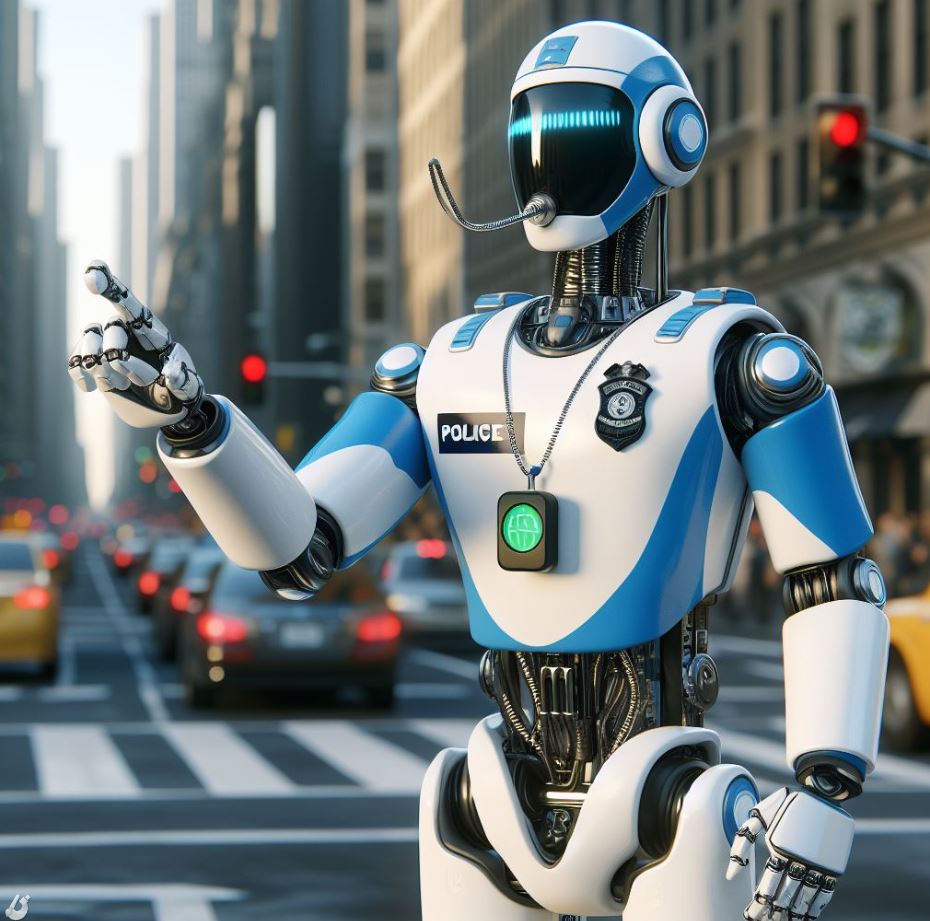
Traffic congestion has long been a bane of urban living.
With growing urban populations and increasing numbers of vehicles on the road, cities worldwide are struggling with delays, pollution, and reduced quality of life.
However, the advent of Artificial Intelligence (AI) offers new hope.
Let’s explore how AI can revolutionize traffic management, making our cities more efficient and livable.
Understanding the Traffic Conundrum
Traffic management today faces several challenges, chief among them congestion, pollution, and accidents.
Traditional methods often fall short in addressing these issues effectively.
This is where AI comes in, offering a fundamentally different approach.
By leveraging data and learning from patterns, AI has the potential to transform the way we manage traffic flow in cities.
1. AI-Driven Traffic Prediction
One of the most powerful applications of AI in traffic management is in predicting traffic patterns.
AI systems can analyze vast amounts of data from various sources, such as cameras, sensors, and GPS devices, to understand and forecast traffic conditions.
This allows for proactive management of traffic, helping to alleviate congestion before it becomes problematic.
For instance, predictive analytics can:
- Seasonal Traffic Analysis: Identify potential traffic hotspots in advance.
- Suggest optimal times for road maintenance or construction, minimizing disruption.
- Event-Driven Traffic Forecasting: Anticipating traffic changes due to special events like concerts, sports events, or festivals and proactively adjusting traffic control measures.
- Accident Prediction: Identifying areas and times where accidents are more likely to occur, enabling preemptive measures to improve road safety.
- Long-Term Urban Planning Support: Assisting in urban planning by predicting future traffic trends, which can inform the development of new roads, expansion of existing ones, or modifications to public transportation routes.
- Freight and Logistics Planning: Enhancing freight and logistics efficiency by predicting the best routes and times for goods transportation, thereby reducing road congestion.
2. Adaptive Traffic Signal Control
AI can dynamically adjust traffic signal timings based on real-time traffic conditions.
This real-time adaptation can significantly reduce wait times at intersections and improve overall traffic flow efficiency.
Unlike static traffic light systems, AI-driven signals can respond immediately to changes in traffic volume and patterns, ensuring a smoother flow of vehicles.
3. Intelligent Traffic Routing
Another area where AI can make a substantial impact is in traffic routing.
AI systems can provide real-time, dynamic route suggestions to drivers, helping to distribute traffic more evenly across the road network. This not only eases congestion on primary roads but also reduces the overall travel time.
Integration with existing navigation apps is key here. AI can enhance these apps with:
- Real-time traffic updates.
- Alternate route suggestions to avoid congested areas.
4. Autonomous Vehicles and Traffic Management
The rise of autonomous vehicles opens up new possibilities for traffic management.
Self-driving cars, guided by AI, promise to make roads safer and traffic flow more efficient.
One of the most exciting prospects is vehicle-to-vehicle communication, where AI-enabled cars can communicate with each other to optimize traffic flow and reduce the likelihood of accidents.
5. Enhancing Public Transportation
AI can also play a crucial role in public transportation. By improving scheduling and route planning, AI can make public transit more efficient and attractive to users. Additionally, AI can enable demand-responsive transit systems, where resources are deployed based on real-time demand, rather than fixed schedules.
Secondary Environmental Benefits
Efficient traffic management has a direct positive impact on the environment.
By reducing congestion, AI can help lower traffic-related emissions, contributing to cleaner air in urban areas.
AI-driven systems can also promote sustainable mobility by providing incentives and information for eco-friendly transport options.
Challenges and Considerations
Despite its potential, the implementation of AI in traffic management is not without challenges.
Privacy concerns around the collection and analysis of traffic data are paramount. There are also significant technological, financial, and regulatory hurdles to overcome.
Additionally, it’s crucial to ensure that these AI-driven solutions are accessible and beneficial to all sections of society.
Conclusion
The integration of AI into traffic management offers a promising path forward for cities grappling with congestion and its associated problems.
While challenges remain, the potential benefits — smoother traffic flow, cleaner air, and more efficient urban transportation systems — are too significant to ignore.
As AI technology continues to evolve, it will undoubtedly play an increasingly central role in shaping the future of urban traffic management.












